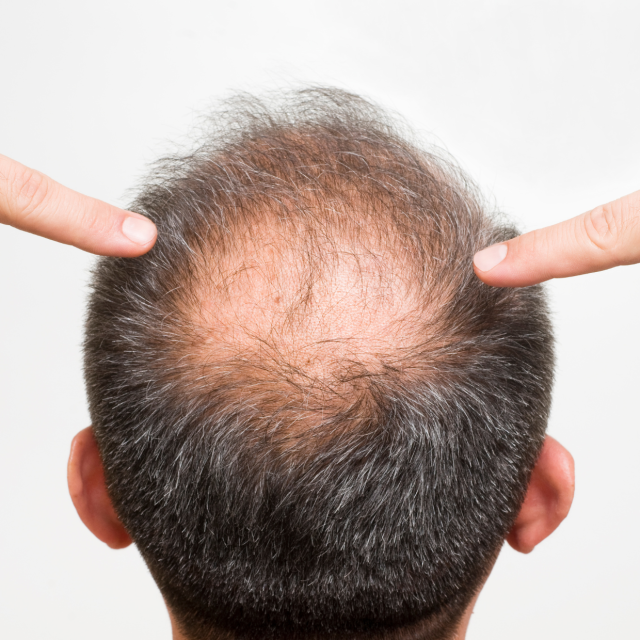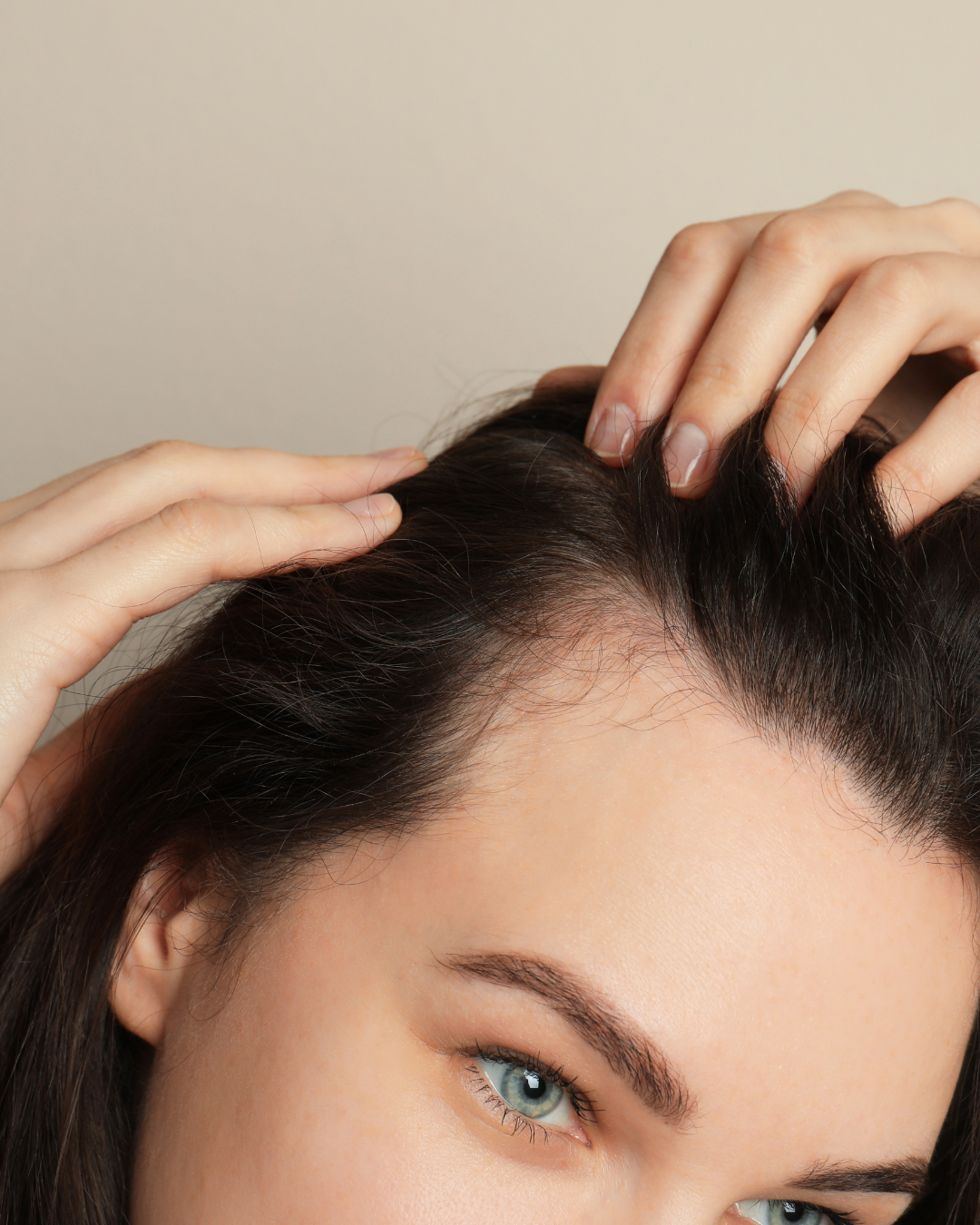
Hair loss is a widespread concern that affects millions of individuals worldwide, transcending age, gender, and background.

Hair balding can manifest in various forms, including general thinning hair, receding hairlines, and complete baldness. The emotional impact of hair loss can be profound, leading to decreased self-esteem and confidence. At SRGN Clinic, we understand the significance of a full head of hair in one’s self-image, and we are dedicated to providing effective treatments that cater to your specific needs.
The causes of hair loss are multifaceted and can vary from person to person. One of the most common reasons is genetic predisposition, particularly in conditions like androgenetic alopecia, often referred to as male or female pattern baldness. Hormonal changes, such as those experienced during pregnancy or menopause, can also contribute to hair loss. Medical conditions like alopecia areata, scalp infections, and thyroid disorders can lead to significant hair thinning or loss. Lifestyle factors, including poor nutrition, high stress levels, and certain medications, can exacerbate hair loss and make it more pronounced. Understanding the underlying cause of your hair loss is crucial in determining the most effective treatment plan.
The psychological effects of hair loss can be just as challenging as the physical symptoms. Many individuals experience a decrease in self-esteem and confidence as they notice changes in their hair. This can lead to feelings of insecurity, social anxiety, and even depression. At SRGN Clinic, we aim not only to address the physical aspects of hair loss but also to support our clients in regaining their confidence. Our approach is holistic, focusing on restoring not just your hair but your self-assurance and overall well-being.
At SRGN Clinic, we offer a comprehensive range of advanced hair loss treatments designed to stimulate hair growth and combat the effects of hair thinning. Our team of experienced professionals conducts thorough assessments to create personalized treatment plans tailored to each client’s unique needs.
One of the most popular treatments we provide is an advanced, regenerative therapy for hair health. This innovative procedure involves drawing a small amount of your blood, processing it to concentrate key nutrients, and injecting it into the scalp, which is a process similar to that of Dracula Facial. The treatment supports natural hair follicle regeneration, encourages hair growth, and enhances overall hair health. Many clients notice significant improvements after just a few sessions, making this a sought-after option for those experiencing hair loss.
Dracula Therapy for Hair Growth is an innovative procedure that involves drawing a small amount of your blood, processing it to concentrate the growth factors, and injecting it into the scalp. Dracula Therapy is rich in growth factors that promote hair follicle regeneration, stimulate hair growth, and improve overall hair health. Many clients experience noticeable improvements after just a few sessions, making Dracula Therapy a sought-after option for those dealing with hair loss.
Micro-needling is another effective treatment we offer for hair loss. This procedure involves using a device with fine needles to create micro-injuries in the scalp, which triggers the body’s natural healing response. As the scalp heals, it stimulates blood flow and promotes collagen production, fostering a healthier environment for hair growth. When combined with topical treatments like minoxidil, micro-needling can significantly enhance results, providing a comprehensive approach to tackling hair loss.